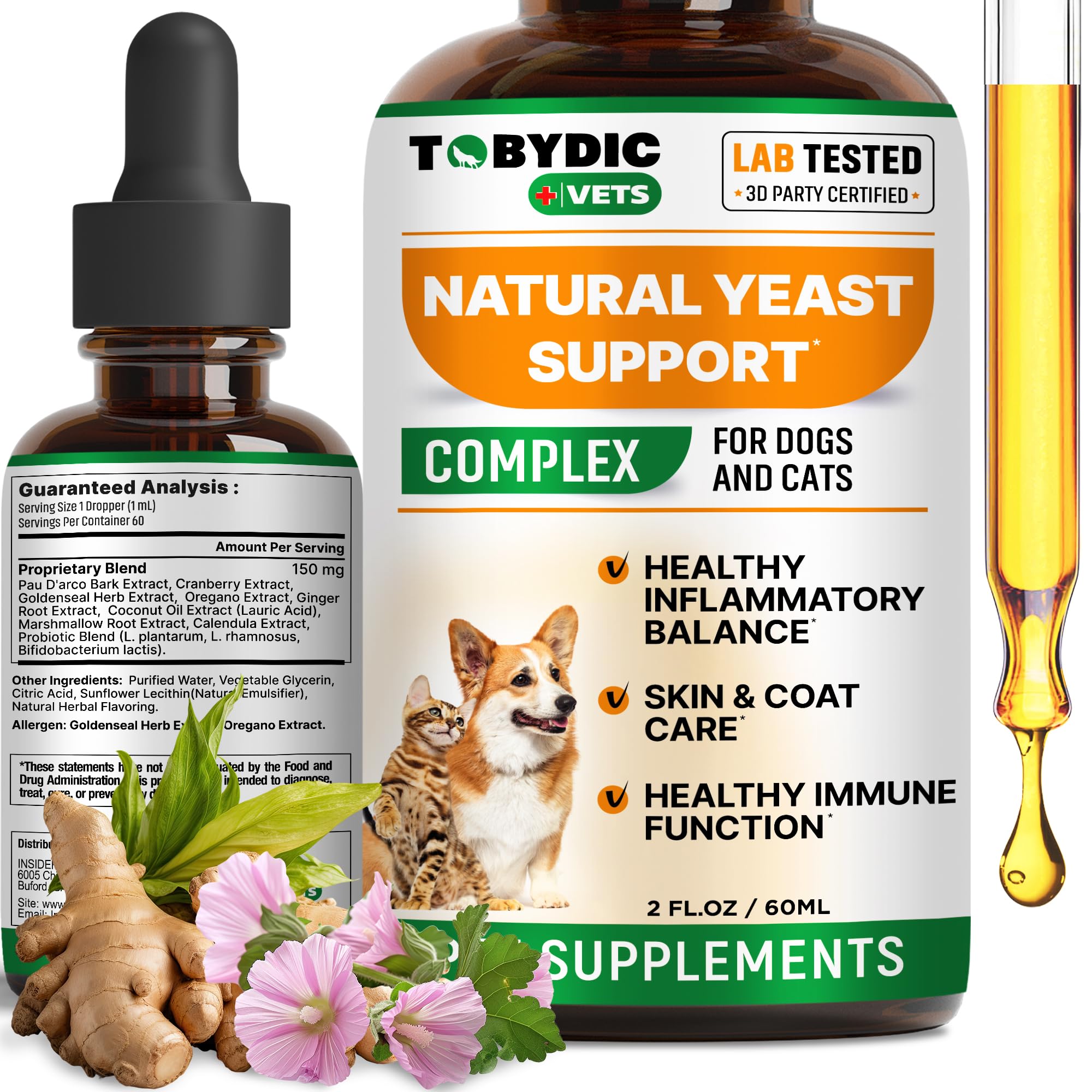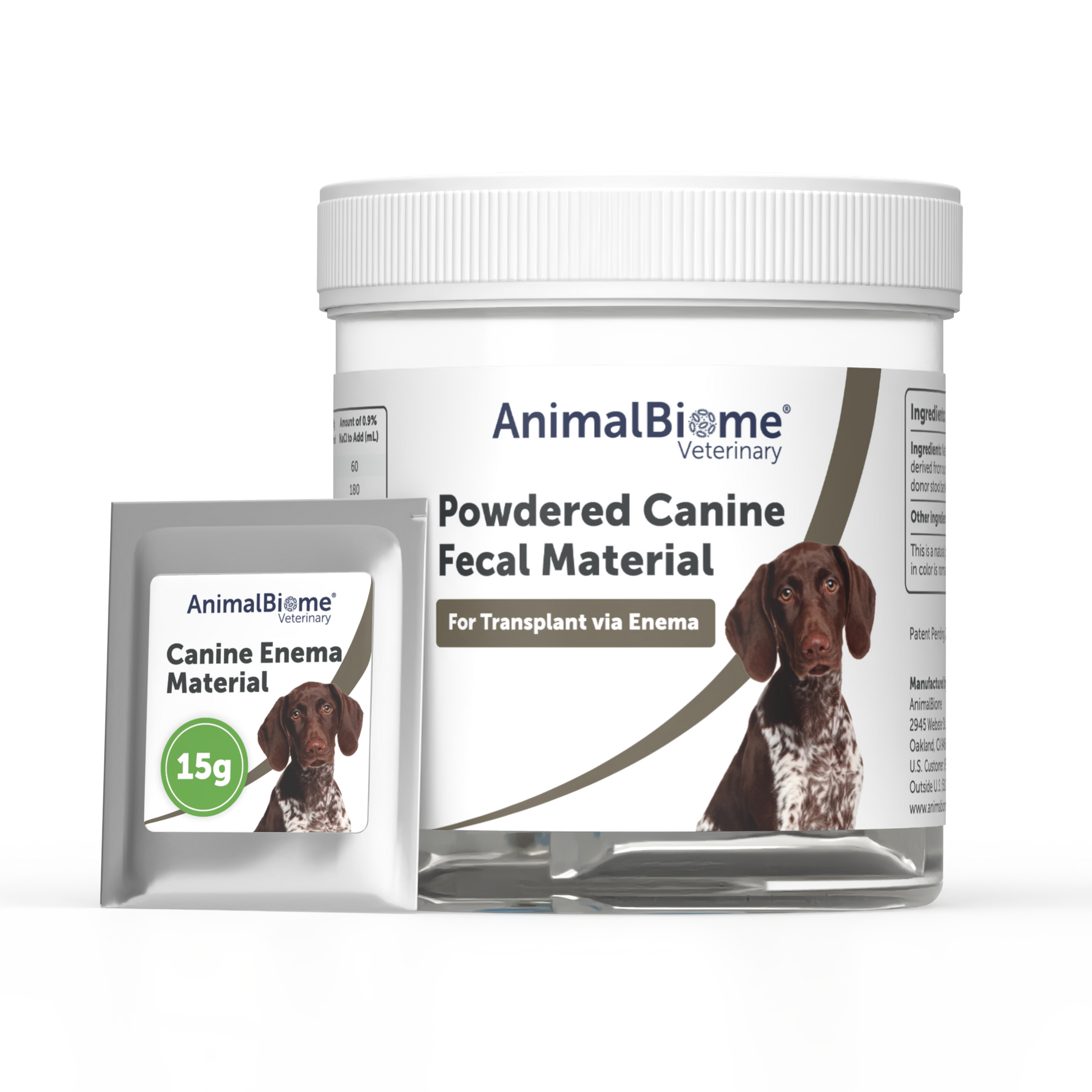Choosing the right food for your dog can feel confusing. You want to give your furry friend the best, but with so many options, where do you start?
The truth is, the type of dog food you pick affects your pet’s health, energy, and happiness more than you might realize. You’ll discover which type of dog food suits your dog’s unique needs. By the end, you’ll feel confident making the best choice that keeps your dog thriving every day.
Keep reading—you and your dog deserve it.
Types Of Dog Food
Choosing the right type of dog food can feel overwhelming given the many options available. Each type offers different benefits and suits different lifestyles, budgets, and dog needs. Understanding the main types of dog food helps you make a choice that supports your dog’s health and happiness.
Dry Kibble
Dry kibble is one of the most popular dog food types because it’s convenient and affordable. It has a long shelf life and helps keep your dog’s teeth clean by reducing plaque buildup. Many brands also offer formulas targeted for specific breeds, sizes, or health needs.
I once switched my dog to kibble with added probiotics, and I noticed improved digestion within weeks. Have you considered how kibble can fit into your daily routine without much fuss?
Wet Canned Food
Wet canned food is more moist and often more palatable for picky eaters. It contains higher water content, which helps with hydration, especially if your dog doesn’t drink enough water. However, it can be more expensive and doesn’t last long after opening.
Some dogs prefer wet food because of its texture and aroma. Do you think your dog might enjoy the extra moisture and flavor that canned food provides?
Raw Diet
The raw diet consists of uncooked meat, bones, fruits, and vegetables. Supporters believe it mimics a dog’s natural ancestral diet, promoting shinier coats and higher energy. Preparing raw meals requires careful handling to avoid bacterial contamination.
Feeding raw food means you must be diligent about sourcing quality ingredients and balancing nutrients. Would you feel comfortable managing a raw diet or prefer a simpler feeding option?
Homemade Meals
Homemade meals let you control every ingredient your dog eats, which is great for allergies or special dietary needs. Cooking for your dog can be rewarding but takes time and knowledge to ensure balanced nutrition. Consulting a vet or pet nutritionist is important before starting.
I’ve seen pet owners transform their dog’s health through homemade diets, but it requires commitment. Could you dedicate time to prepare meals tailored to your dog’s unique requirements?
Credit: www.businessinsider.com
Nutritional Needs
Your dog’s health depends heavily on meeting specific nutritional needs. Choosing the right dog food means understanding what nutrients your furry friend requires daily. This knowledge helps you pick a diet that supports energy, growth, and overall well-being.
Protein Requirements
Protein is vital for muscle development and repair. Active dogs, puppies, and working breeds need higher protein levels to stay strong and energetic. Look for dog foods with named animal proteins like chicken, beef, or fish listed first on the label.
Have you noticed your dog’s energy drop after switching foods? It could be due to insufficient protein. Always check the protein percentage and adjust based on your dog’s activity and age.
Carbohydrates And Fiber
Carbohydrates provide energy and support digestive health. Fiber helps keep your dog’s bowel movements regular and prevents constipation. Good sources include sweet potatoes, brown rice, and pumpkin.
Too many carbs can lead to weight gain, while too few might cause low energy. Balancing carbs and fiber ensures your dog stays active without digestive issues. What types of carbs have you seen work best for your dog?
Essential Vitamins And Minerals
Vitamins and minerals support immune function, bone health, and organ performance. Key nutrients include calcium, phosphorus, vitamin A, and zinc. These should come from natural ingredients or quality supplements.
Not all dog foods list these clearly, so you might need to compare brands or consult your vet. Missing out on even one essential vitamin can affect your dog’s health over time. Are you confident your dog’s food covers all their vitamin and mineral needs?
Age And Size Considerations
Choosing the best dog food depends heavily on your dog’s age and size. Dogs have different nutritional needs as they grow. Their size also affects the type of food that suits them best. Feeding the right food supports their health and energy levels.
Puppy Nutrition
Puppies need food rich in protein and fat. These nutrients support fast growth and brain development. Puppy food contains extra vitamins and minerals. It helps build strong bones and teeth. Small, frequent meals suit their tiny stomachs.
Adult Dog Diets
Adult dogs require balanced nutrition to maintain health. Their food should provide energy without excess calories. Protein supports muscle maintenance. Fiber aids digestion. Feeding twice a day keeps energy steady and prevents hunger.
Senior Dog Needs
Older dogs need fewer calories due to less activity. Their food should be easy to digest. More fiber helps with digestion and weight control. Added joint supplements support mobility. Senior diets often contain antioxidants for immune health.
Small Vs Large Breed Options
Small breeds need calorie-dense food in small kibble sizes. Their faster metabolism requires more energy per pound. Large breeds benefit from food that supports joint health. Ingredients like glucosamine help strong bones. Large kibble encourages chewing, which aids dental health.
Special Dietary Needs
Dogs with special dietary needs require food tailored to their health issues. Choosing the right dog food can improve their quality of life. Special diets help manage allergies, weight, and digestion problems. Understanding these needs ensures your dog stays healthy and happy.
Allergy-friendly Options
Dogs can suffer from food allergies causing itching and discomfort. Allergy-friendly dog food avoids common allergens like wheat, soy, and dairy. Limited ingredient diets use fewer ingredients to reduce reactions. Hypoallergenic formulas contain novel proteins such as duck or venison. These options help soothe sensitive skin and improve coat health.
Weight Management
Overweight dogs face health risks like diabetes and joint pain. Weight management dog food has fewer calories and more fiber. This helps dogs feel full without overeating. Some formulas include added nutrients to support metabolism and muscle maintenance. Feeding controlled portions with this food aids safe weight loss.
Sensitive Stomach Solutions
Dogs with sensitive stomachs often experience vomiting or diarrhea. Special foods use easily digestible ingredients like rice and chicken. Probiotics and prebiotics support healthy gut bacteria. Grain-free options may reduce stomach upset for some dogs. These diets help calm digestion and improve nutrient absorption.
Ingredients To Avoid
Choosing the right dog food means knowing what to avoid just as much as what to look for. Some ingredients can harm your dog’s health or cause long-term issues. Paying attention to these can save you from costly vet visits and keep your furry friend happy.
Artificial Preservatives
Many commercial dog foods include artificial preservatives to extend shelf life. Common ones like BHA, BHT, and ethoxyquin have been linked to health risks in dogs, including allergies and potential toxicity.
Your dog’s body doesn’t need these chemicals. Look for foods preserved naturally with ingredients like mixed tocopherols (a form of vitamin E) instead. Have you checked your dog’s food label lately to spot these additives?
Low-quality Fillers
Fillers such as corn, wheat, and soy often bulk up dog food cheaply but offer little nutritional value. These ingredients can cause digestive problems and don’t provide the essential nutrients your dog needs.
I once switched my dog from a filler-heavy food to a grain-free option, and his energy improved noticeably within weeks. Avoid foods where these fillers are listed as the first ingredients. Your dog deserves better fuel for their daily adventures.
Common Allergens
Some dogs are sensitive or allergic to ingredients like beef, dairy, chicken, or eggs. These allergens can cause itching, digestive upset, or chronic ear infections.
If your dog shows signs of allergies, consider trying limited-ingredient diets or hypoallergenic formulas. Have you noticed any unusual reactions after meals? Being aware of these common allergens helps you make safer food choices for your pet.
Choosing The Right Brand
Choosing the right dog food brand is key to keeping your pet healthy. The brand you select reflects the quality and safety of the ingredients. It also affects your dog’s taste preferences and digestion. Careful brand selection ensures your dog enjoys every meal and gets proper nutrition.
Reputation And Reviews
Check the brand’s reputation before buying. Brands with positive reviews show consistent quality. Read customer feedback on various platforms to see real experiences. Look for brands that address concerns and provide clear ingredient lists. A trusted brand often has certifications or awards that prove its reliability.
Price Vs Quality
Price does not always mean better quality. Some expensive brands use premium ingredients, but others charge more for packaging. Affordable brands can offer good nutrition if they use balanced formulas. Compare ingredient lists and nutritional values rather than prices alone. Choose a brand that fits your budget and meets your dog’s needs.
Organic And Natural Choices
Organic and natural dog foods avoid synthetic additives and pesticides. These choices reduce exposure to chemicals and fillers. Many dogs benefit from organic ingredients for better digestion and fewer allergies. Look for labels that say “organic” or “natural,” but verify the ingredients. Natural brands often use whole foods and avoid artificial flavors.
Transitioning Between Foods
Changing your dog’s food requires care and patience. Sudden switches can upset their stomach or cause refusal to eat. A smooth transition helps your pet adjust to new tastes and ingredients easily. It also supports their digestion and overall health.
Gradual Introduction
Start by mixing a small amount of the new food with the old one. Increase the new food portion slowly over 7 to 10 days. This gentle change allows your dog’s digestive system to adapt without stress.
Monitoring Reactions
Watch for signs like vomiting, diarrhea, or loss of appetite. Check your dog’s energy and mood too. Any unusual reactions may mean the new food is not suitable or the change is too fast.
Adjusting Portions
Adjust the food amount based on your dog’s size and activity level. Follow feeding guidelines on the package as a starting point. If your dog gains or loses weight, modify portions accordingly.

Credit: www.purewow.com
Consulting A Veterinarian
Choosing the right dog food can feel overwhelming with so many options on the market. Consulting a veterinarian can make this decision clearer and more personalized for your pet’s unique needs. Your vet’s guidance ensures your dog gets the right nutrients to thrive.
Professional Advice
Veterinarians have the training to analyze your dog’s health beyond just the surface. They consider factors like age, breed, weight, and any medical conditions before suggesting a diet. Have you ever noticed how two dogs can thrive on completely different foods? That’s because one-size-fits-all diets rarely work.
When I switched my dog’s food based on my vet’s advice, his energy levels improved noticeably within weeks. This kind of expert input can save you time, money, and frustration trying random brands.
Tailored Diet Plans
Your vet can create or recommend a diet plan that fits your dog’s specific requirements. This might include special formulations for allergies, digestive issues, or weight management. Tailored plans help avoid nutritional gaps or excesses that could cause health problems later.
Think about your dog’s daily routine and any health concerns you’ve noticed. Sharing this information with your vet allows them to customize feeding amounts and ingredients precisely. How well do you know what your dog truly needs from their food?
Regular Health Check-ups
Diet needs change as your dog ages or if their health status shifts. Regular vet visits let you adjust food choices promptly. These check-ups catch problems early, often before you notice symptoms, helping maintain long-term wellness.
During these visits, your vet might recommend blood tests or weight checks to see how your dog responds to their current diet. Staying proactive with these assessments means you can fine-tune your dog’s nutrition continuously. Are you ready to make feeding your dog a dynamic, health-focused process?

Credit: nypost.com
Frequently Asked Questions
What Are The Main Types Of Dog Food Available?
The main types include dry kibble, wet canned food, raw diets, and homemade meals. Each offers different benefits for nutrition and convenience. Choose based on your dog’s health, age, and preferences.
Is Dry Or Wet Dog Food Better For My Pet?
Dry food is convenient and helps dental health. Wet food is more palatable and hydrating. The best choice depends on your dog’s needs, health conditions, and your lifestyle.
How Do I Choose The Best Dog Food For Puppies?
Puppies need nutrient-rich food with higher protein and fat. Look for formulas labeled “puppy” or “growth. ” Ensure it meets AAFCO standards for balanced nutrition.
Can Grain-free Dog Food Improve My Dog’s Health?
Grain-free food suits dogs with grain allergies or sensitivities. However, most dogs digest grains well. Consult your vet before switching to grain-free diets.
Conclusion
Choosing the best dog food depends on your dog’s needs. Each type offers different benefits. Dry food is easy to store and affordable. Wet food has more moisture and can be tastier. Raw food may suit some dogs but needs care.
Always check ingredients and quality first. Talk to your vet for advice. Your dog’s health and happiness matter most. Feeding the right food helps them stay active and strong. Keep learning and adjust as your dog grows. Good food means a happy dog.
Simple as that.







